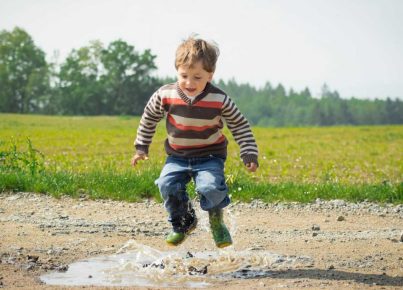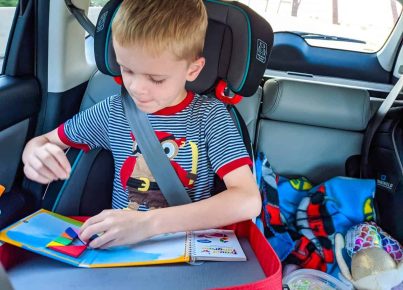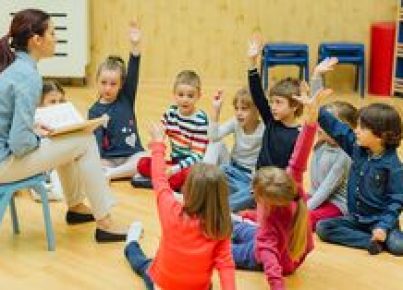Are you looking for ways to teach students to take care of their personal property? If so, keep reading.
1. Observe the learner while they are performing schoolwork to monitor appropriate care of learning materials.
2. Let logical consequences happen because of the learner’s failure to organize or use learning materials properly (e.g., learning materials not maintained properly will be lost or not usable).
3. Assess the clarity and quality of directions, explanations, and instructions given to the learner.
4. Support the learner in beginning each task to lessen impulsive behavior.
5. Give the learner structure for all academic learning activities (e.g., specific instructions, routine (schedule) format for tasks, time units, etc.).
6. Provide the learner a checklist of learning materials appropriate for each learning experience.
7. Limit the learning materials needed.
8. Give the learner an organizer to be used for learning materials inside the learner’s desk.
9. Give the learner a checklist (e.g., routine/schedule of learning activities and steps to follow).
10. Teach the learner to take appropriate care of personal property (e.g., sharpening pencils, keeping books free of marks and tears, etc.).
11. Make sure that all personal property is tagged with the learner’s name.
12. Teach the learner that lending personal property to other students does not lessen their responsibility for the property.
13. Give reminders (e.g., list of property or learning materials) to help the learner keep and care for personal property.
14. Teach the learner how to conserve rather than waste learning materials (e.g., amount of glue, paper, tape, etc., to use; putting lids, caps, and tops on such learning materials as markers, pens, bottles, jars, cans; etc.).
15. Teach the learner appropriate ways to deal with anger and frustration rather than destroying personal property and school learning materials (e.g., pencils, pens, workbooks, notebooks, textbooks, etc.).
16. Teach the learner to take care of personal property and school learning materials (e.g., keep property with him/her, know where property is at all times, secure property in a locker, leave valuable property at home, etc.).
17. Give the learner an appropriate space to store/secure personal property (e.g., desk, locker, closet, etc.) and require the learner to store all property when not in use.
18. Teach the learner that failure to care for personal property will result in the loss of freedom to retain property (e.g., if the learner cannot care for property, the teacher(s) will store all property).
19. Restrict the learner’s freedom to take property from school if they are unable to remember to return the things.
20. Give the learner oral reminders of personal property or learning materials needed for each learning experience.




